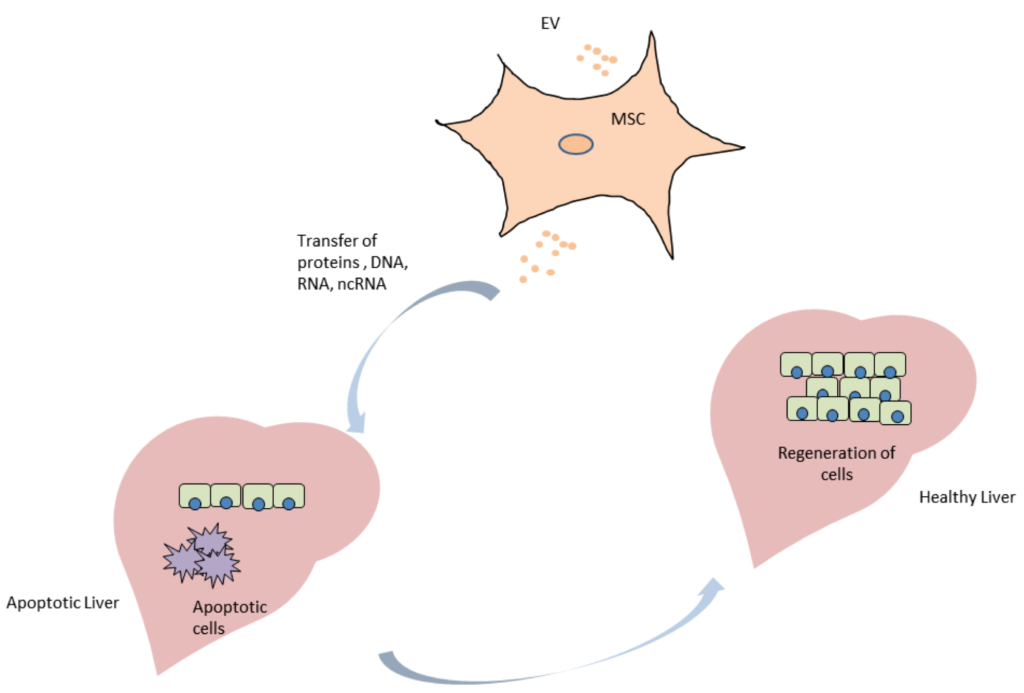Extracellular vesicles, such as exosomes and microvesicles, are small vesicular particles that are constantly being produced and shed by cells. Due to their natural origin, and their ability to efficiently deliver their cargo to target cells and alter biological functions, exosomes attracted researchers to study their potential use as drug delivery systems. In the past few years, numerous studies have reported the effective use of exosomes to deliver therapeutic cargo ranging from miRNA, siRNA and even small molecule drugs in both in vitro cell models and in vivo animal models. However, since exosomes are cell-derived vesicles, it is unclear how these natural carriers of biomolecules may induce immune responses or induce toxicity either in animal models of disease or eventually in humans as we progress toward clinical evaluation of exosomes in healthy volunteers or in patients. Furthermore, what can we conclude about the presence or lack of immunogenicity or toxicity in our animal models as we work toward delivery of exosomes in humans?
Our lab has been studying the production of therapeutic exosomes using genetically engineered HEK293T cells for treatment of hepatocellular carcinoma (HCC). We developed engineered HEK293T cells that endogenously package miR-199a-3p, a miR commonly downregulated in HCC, into exosomes, and we are evaluating these and also exosomes exogenously loaded with therapeutic miRs in vitro and in vivo. Although demonstrating in vivo efficacy is a major milestone for all drug development efforts, understanding the potential toxicities and immunogenic responses associated with exosome therapy is equally important. The ability to identify and characterize adverse responses in preclinical models is critical to the drug development process and a necessary component of an Investigational New Drug (IND) application. Therefore, approaches to characterizing potential toxicities and immune responses induced by exosomes will be a necessary component of any effort to develop therapeutic exosomes.
In our article, “Comprehensive toxicity and immunogenicity studies reveal minimal effects in mice following sustained dosing of extracellular vesicles derived from HEK293T cells,” that was just published online in the Journal of Extracellular Vesicles, we provide a general template process for comprehensively evaluating toxicity and immunogenicity of therapeutic exosomes in preclinical animal models. We started by dosing mice with wild type or engineered HEK293T-derived exosomes over a period of three weeks. Mice received 10 doses via intraperitoneal and intravenous routes of injection, and blood samples were collected at various times throughout the 3-week study. Animals were euthanized 24 hours after the last dose, and blood and all organs were collected from each animal for gross necropsy and evaluation of various markers of immune response and potential exosome-induced toxicity markers.
This study demonstrates one approach to immunogenicity and toxicity evaluations of human-derived exosomes in mice, and it highlights some of the variables that must be considered during these evaluations. For example, what are appropriate animal models in which to study immunogenicity and toxicity? What doses and dose regimens should be evaluated? How might the cell type from which the exosomes were harvested impact immunogenicity and toxicity? Just as with efficacy evaluations in animals, comprehensive study of these other factors will be necessary for safely moving therapeutic exosomes into human trials.


